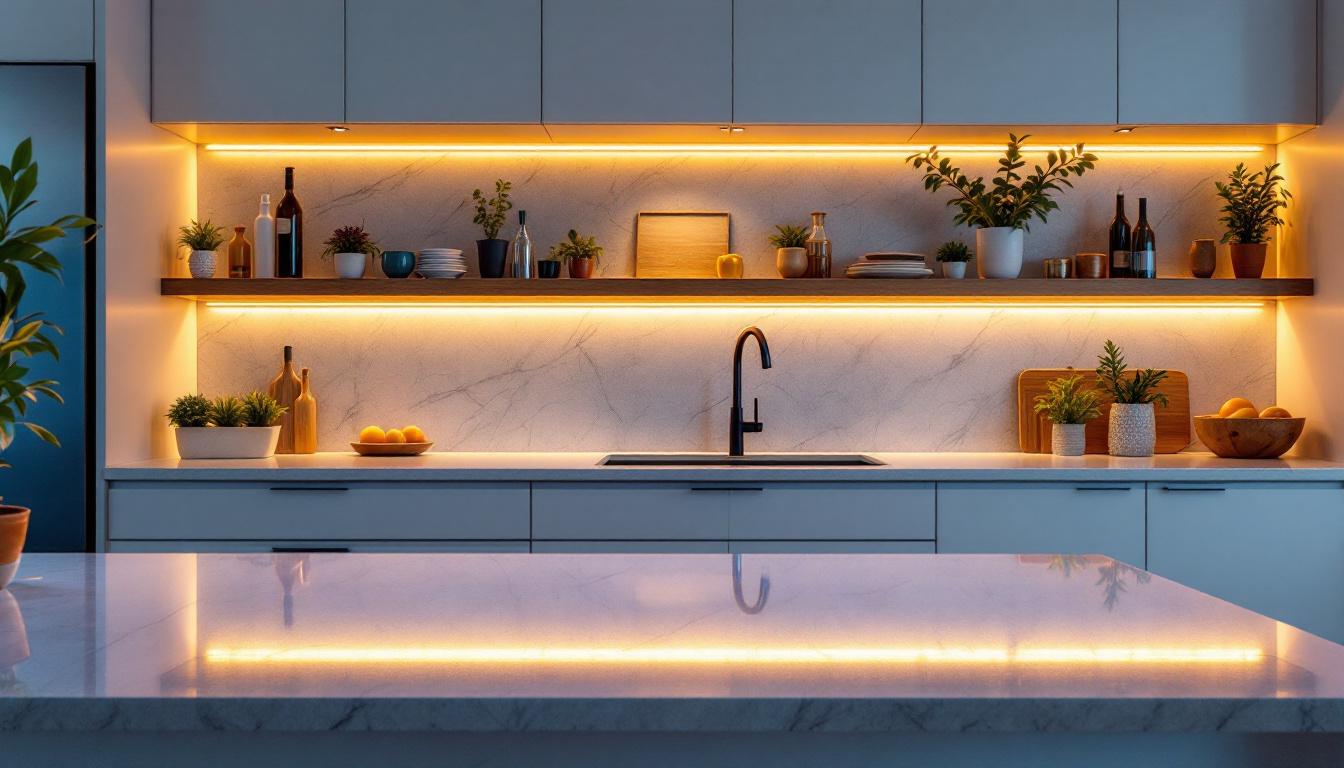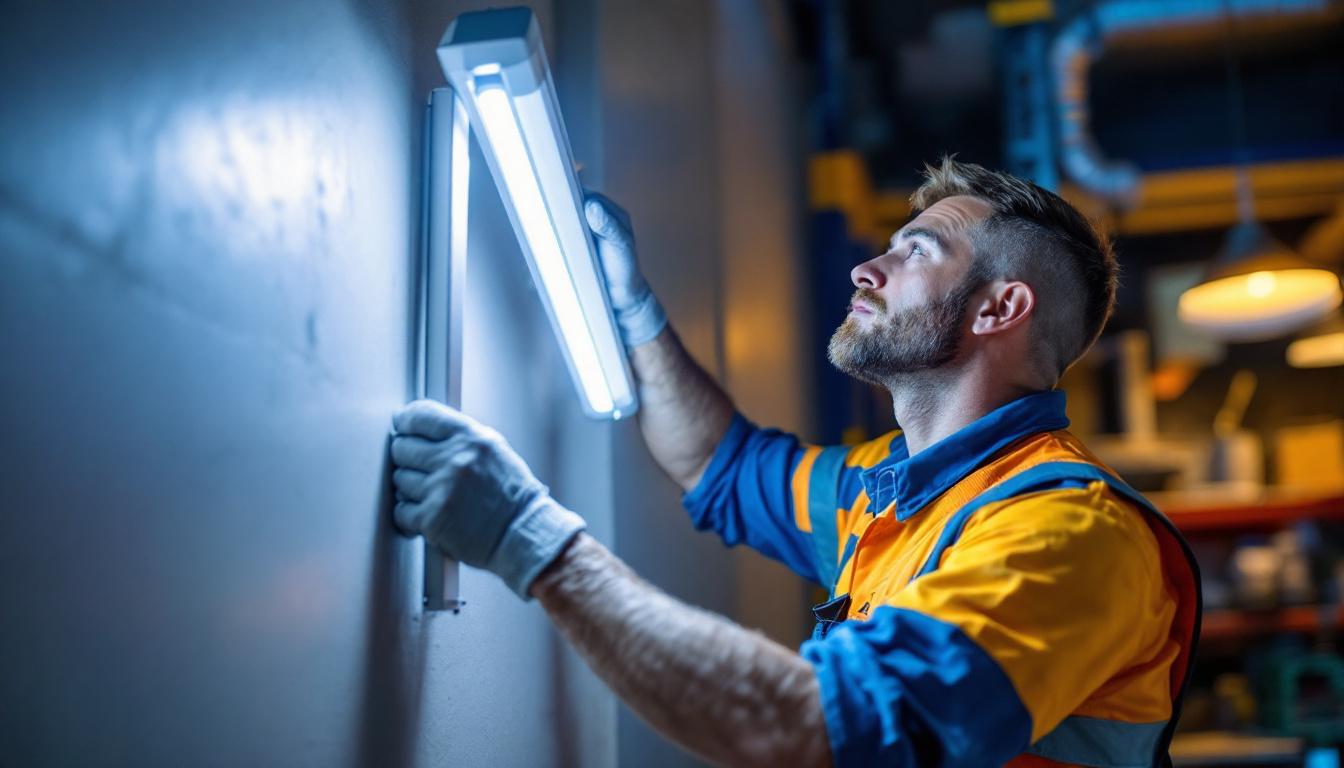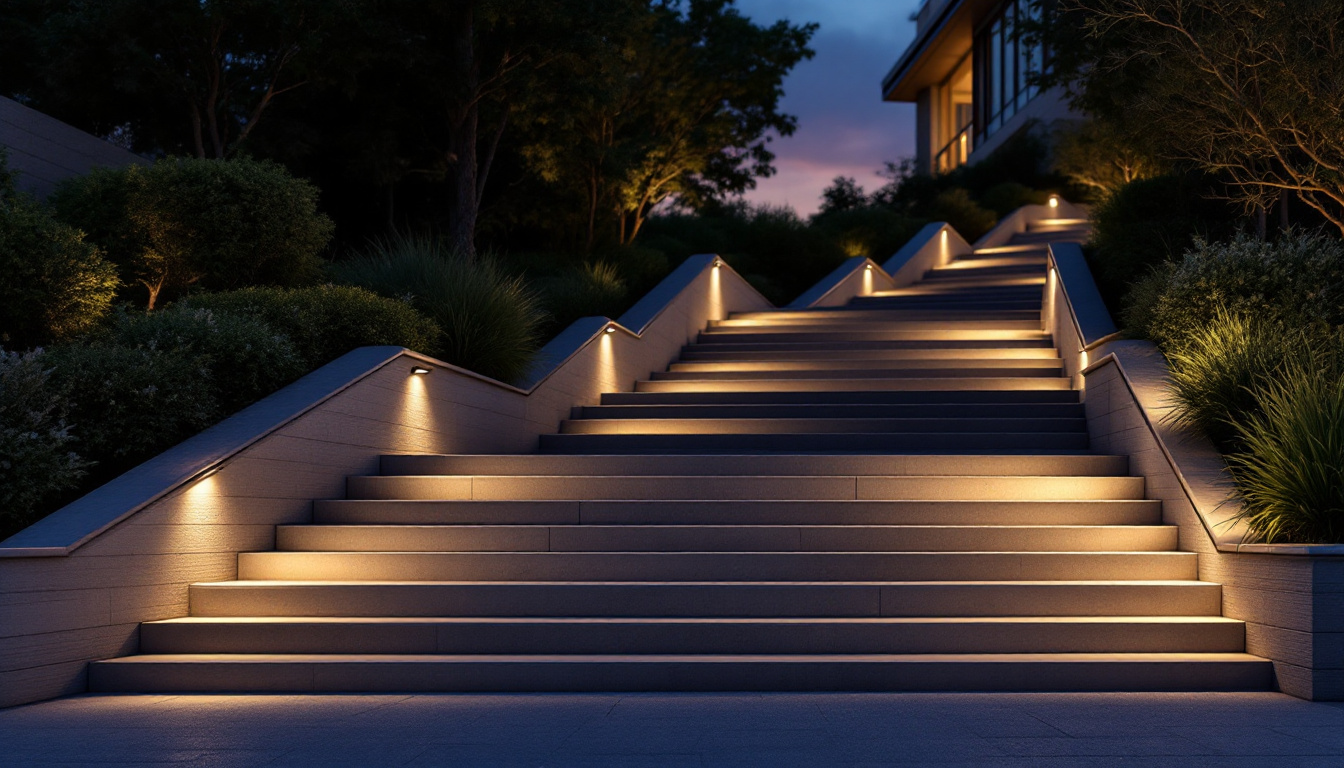
Fluorescent lighting has long been a staple in commercial and industrial environments due to its energy efficiency and long lifespan. For lighting contractors, understanding the intricacies of fluorescent lighting is essential to delivering optimal solutions to clients. This article will explore best practices that lighting contractors should adopt when working with fluorescent lights, ensuring that installations are effective, safe, and compliant with regulations.
Before diving into best practices, it’s crucial for lighting contractors to have a solid grasp of how fluorescent lighting works. This technology utilizes a gas-filled tube that emits ultraviolet light when an electric current passes through it. The UV light then excites a phosphor coating on the inside of the tube, producing visible light. This process is not only energy-efficient but also offers a range of color temperatures suitable for various applications. The science behind fluorescent lighting is a fascinating interplay of chemistry and physics, where the choice of gas and phosphor materials can significantly influence the light’s quality and efficiency.
Fluorescent lights come in several types, including linear tubes, compact fluorescent lamps (CFLs), and high-intensity discharge (HID) lights. Each type has its specific applications and advantages:
The advantages of fluorescent lighting are numerous. They consume less energy compared to incandescent bulbs, leading to reduced electricity costs for clients. Additionally, fluorescent lights have a longer lifespan, which means less frequent replacements and lower maintenance costs. Furthermore, they produce less heat, contributing to a cooler environment, especially in commercial spaces. This energy efficiency not only benefits the end-user but also aligns with global sustainability efforts, as reduced energy consumption translates to lower carbon emissions. Moreover, the wide variety of color temperatures available allows for tailored lighting solutions that can enhance productivity in work environments or create inviting atmospheres in retail spaces.
In recent years, advancements in fluorescent technology have led to the development of more eco-friendly options, such as low-mercury and high-efficiency fluorescent lamps. These innovations address environmental concerns associated with traditional fluorescent lighting, making them a more sustainable choice for both consumers and businesses. Additionally, the integration of smart technology into fluorescent lighting systems has opened up new possibilities for energy management, allowing users to control lighting levels remotely and optimize energy use according to their specific needs. As lighting technology continues to evolve, staying informed about these advancements will be essential for contractors aiming to provide the best solutions for their clients.
Proper installation is critical to maximizing the benefits of fluorescent lighting. Here are some best practices that contractors should follow:
Before installation, it is essential to plan the layout carefully. Assess the space to determine the optimal placement of fixtures. Consider factors such as ceiling height, room usage, and the desired light levels. Using lighting design software can help visualize the layout and ensure even light distribution throughout the area. Additionally, it’s beneficial to take into account the color scheme of the room, as different hues can affect how light is perceived. For instance, lighter colors can reflect more light, enhancing brightness, while darker colors may absorb it, requiring more fixtures to achieve the same effect. Engaging with clients during this stage can also help align the lighting design with their aesthetic preferences and functional needs.
Selecting the appropriate fixtures is vital for achieving the desired lighting effect. Contractors should consider the type of fluorescent lights that best suit the client’s needs. For example, high-efficiency fixtures may be preferable in environments where energy savings are a priority. Additionally, ensure that fixtures are compatible with the chosen fluorescent bulbs to avoid issues with performance or longevity. It’s also worth exploring various fixture styles, such as recessed, surface-mounted, or pendant options, to enhance the overall design of the space. Furthermore, incorporating dimmable fixtures can provide flexibility, allowing users to adjust brightness according to different activities and times of day, thereby increasing the functionality of the lighting system.
Safety should always be a top priority during installation. Contractors must adhere to local electrical codes and regulations to ensure compliance. This includes proper wiring, grounding, and the use of appropriate protective gear. Additionally, it is essential to educate clients about the safe disposal of fluorescent lights, as they contain small amounts of mercury and should not be discarded in regular trash. Beyond disposal, contractors should also inform clients about the importance of regular maintenance, such as cleaning fixtures and replacing bulbs as needed, to ensure optimal performance and longevity of the lighting system. Regular inspections can help identify any potential issues early on, preventing costly repairs or safety hazards in the future. By fostering a culture of safety and awareness, contractors can enhance client satisfaction and trust in their services.
Fluorescent lighting systems require regular maintenance to ensure optimal performance. Contractors should educate clients on the importance of routine checks and provide guidelines on what to look for.
Conducting regular inspections can help identify potential issues before they escalate. Check for flickering lights, dimming, or unusual buzzing sounds, as these can indicate problems with the ballast or the bulbs themselves. Additionally, ensure that fixtures are clean and free of dust, as this can affect light output and efficiency.
When a fluorescent bulb fails, it is essential to replace it promptly to maintain consistent lighting levels. Contractors should also be prepared to replace ballasts, as these components can wear out over time. Educating clients on the signs of a failing ballast can help them take proactive measures before complete failure occurs.
As technology continues to evolve, upgrading to more energy-efficient fluorescent options can provide significant benefits. LED retrofits for fluorescent fixtures are becoming increasingly popular, offering even greater energy savings and longer lifespans. Contractors should stay informed about the latest advancements in lighting technology to provide clients with the best options available.
Energy efficiency is a crucial consideration for both contractors and clients. Understanding the standards and regulations governing fluorescent lighting can help contractors make informed decisions during installations.
Many regions have implemented energy codes that dictate the minimum efficiency standards for lighting. Contractors must familiarize themselves with these codes to ensure compliance. This may involve selecting fixtures and bulbs that meet or exceed the required efficiency ratings.
Many utility companies offer incentive programs for energy-efficient lighting upgrades. Contractors should be aware of these programs and inform clients about potential rebates or tax incentives available for upgrading to energy-efficient fluorescent lighting. This not only helps clients save money but also promotes sustainable practices.
Educating clients about fluorescent lighting can enhance their satisfaction and ensure they get the most out of their investment. Providing ongoing support can also foster long-term relationships and repeat business.
Clients should be informed about the best practices for using fluorescent lighting. This includes guidance on how to operate dimmers, timers, and sensors effectively. Educating clients on the importance of using the right wattage and avoiding frequent on-off cycles can also prolong the lifespan of fluorescent bulbs.
Contractors can enhance their service offerings by providing maintenance packages for fluorescent lighting systems. This can include regular inspections, bulb replacements, and troubleshooting services. By offering these services, contractors can ensure that clients’ lighting systems remain in optimal condition, leading to increased customer satisfaction.
The lighting industry is continually evolving, and staying abreast of future trends is essential for contractors. While fluorescent lighting remains popular, advancements in technology are shaping the future of lighting solutions.
Smart lighting technology is gaining traction, allowing for greater control and customization of lighting systems. Contractors should explore options for integrating fluorescent lighting with smart controls, such as mobile apps and voice-activated systems. This not only enhances convenience for clients but also aligns with modern trends in home and building automation.
While fluorescent lighting has its advantages, the shift towards LED technology is undeniable. LEDs offer even greater energy efficiency, longer lifespans, and lower maintenance costs. Contractors should be prepared to educate clients about the benefits of transitioning to LED solutions while still providing support for existing fluorescent systems.
Fluorescent lighting remains a viable option for various applications, and understanding best practices is essential for lighting contractors. From installation and maintenance to compliance and client education, contractors play a pivotal role in ensuring that fluorescent lighting systems are effective and efficient. By staying informed about industry trends and advancements, contractors can continue to provide valuable services and solutions to their clients.
Ultimately, the goal is to create well-lit environments that enhance productivity and comfort while promoting energy efficiency and sustainability. By adopting these best practices, lighting contractors can position themselves as trusted experts in the field, building lasting relationships with clients and contributing to a brighter future.
Ready to elevate your lighting installations with products that blend quality, efficiency, and cost-effectiveness? Look no further than LumenWholesale. We provide lighting contractors with an extensive selection of spec-grade fluorescent lighting solutions at unbeatable wholesale prices. Say goodbye to local distributor markups and hello to superior lighting products that meet the highest industry standards. Plus, with free shipping on bulk orders, you can stock up on premium lighting without any hidden fees. Don’t compromise on quality or value — Wholesale Lighting at the Best Value is just a click away. Make the smart choice for your next project with LumenWholesale.

Discover the common pitfalls lighting contractors face when installing under counter lights in kitchens.

Discover the ultimate guide to 4ft LED lighting tailored for lighting contractors.

Illuminate your knowledge with our comprehensive guide on outdoor stairway lighting.

Discover essential tips for selecting UV lights and lamps to ensure your lighting projects are both effective and cost-efficient.